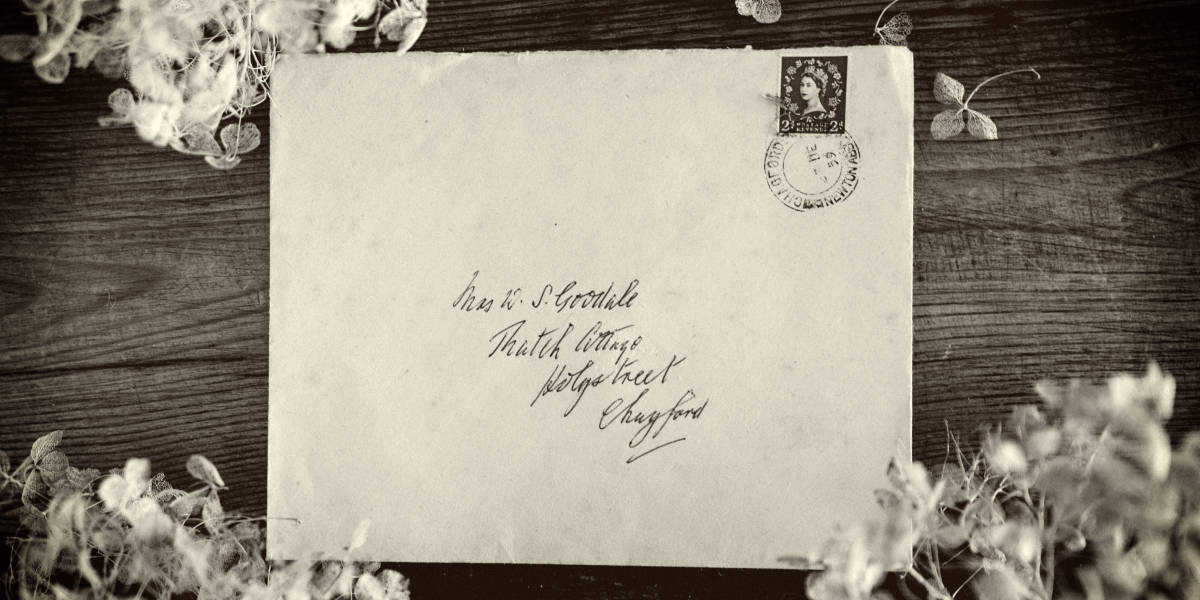
Perhaps the most popular approach in the 21st century is what's known as "thematic" or "topical" collecting. Although billions of dollars changed hands, most people ended up with a financial loss, and many publicly labeled stamp collecting as "a rip-off," even though it was their own greed that caused the problems, in the first place. Alas, there were simply not enough buyers, so prices tumbled. This amazing growth in prices and interest had another side effect: A number of small (and typically "cash poor") nations- that previously had never issued more than a handful of new stamps per year- started issuing hundreds of new stamps specifically "made for collectors." Whereas these stamps were fully "legal for postage," very few were ever used to carry a piece of mail- to some long-time collectors, they were little more than labels, and soon earned the not-so-flattering nickname "wallpaper."Īs often is the case, the meteoric growth was "too good to be true," and the speculative bubble burst when many of the people who had bought stamps " to make money" decided that it was time to sell and take their profits. However, when the Universal Postal Union (or UPU, for short) was created in 1874, the process for international postage was also simplified greatly-as a result of which the volume of international mail increased greatly. The initial uniform postage systems addressed only the issue of standardizing rates for letters inside a country's borders. As the volume of mail skyrocketed, this quickly proved cumbersome and time-consuming, so the printed sheets were "perforated" between each stamp so they could more easily and accurately be separated from each other. Most early stamps followed the British example with individual stamps needing to be cut from the printed sheets with scissors. For a while- 1860-64- the US actually had two stamp-issuing bodies, as the "Confederate States" introduced their own postal system.

The first United States stamps were issued on July 1st, 1847, in denominations of 5 and 10 cents. By the 1870s, most nations were issuing stamps. The exhibition is presented by the Canadian Museum of History in collaboration with its presenting sponsor, Canada Post.It was not long before other countries adopted similar "uniform postage" systems of their own.

The Cavendish Post Office, in Prince Edward Island, hosts Yours Sincerely, Lucy Maud Montgomery, an exhibition that follows assistant post-mistress and beloved author of Anne of Green Gables in her real-life postal exploits to get her manuscript to publication. Before E-commerce, a history of Canadian mail-order catalogues.The Origins of Dogsled Mail in the Yukon in the 1890s.Postal Reform in Early 19th-Century British North America.Winged Messenger: Airmail in the Heroic Era, 1918-1939.Chris Bennedsen – Scrapbook of a Life in Letters.A Chronology of Canadian Postal History.

The Museum has a number of online exhibitions related to postal history and heritage. The exhibition is developed by the Canadian Museum of History in collaboration with Canada Post. Thanks to the Museum’s ongoing partnership with Canada Post, this living collection expands with each year’s new stamp issue. New to this exhibition, artifacts from the Museum’s collections help explore themes of philately, society, sports, culture, environment, history, economy and symbols.ĭiscover little-known stories and objects behind some of our country’s most memorable philatelic creations: the printer’s proof of the first stamp issued in 1851, the Northern Plains headdress featured in the 1972 “Indians of the Plains” stamp and the stained glass window reproduced in 1976’s “Nativity” stamp, among others. Start at the very beginning, with the Province of Canada’s 1851 Three-Penny Beaver stamp designed by Sir Sandford Fleming, and work your way up to the most recent issue. Experience the Canadian story through an outstanding collection of more than 3,000 stamps - every stamp that Canada has ever issued! Housed in a new gallery, the exhibition includes behind-the-scenes stories and unique artifacts.


 0 kommentar(er)
0 kommentar(er)
